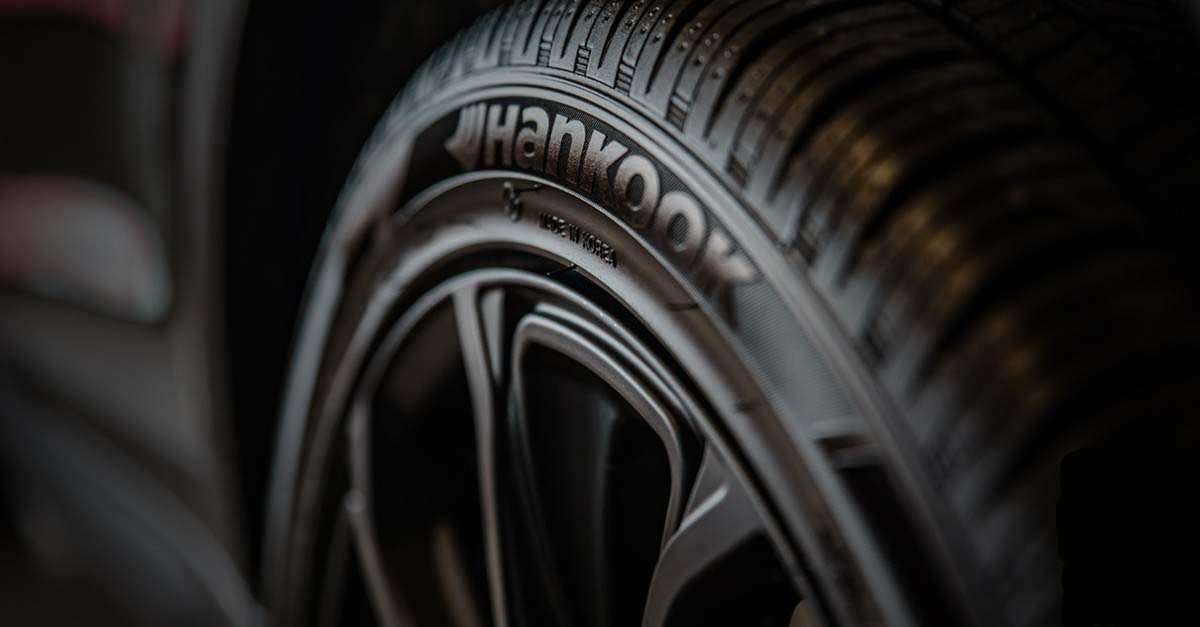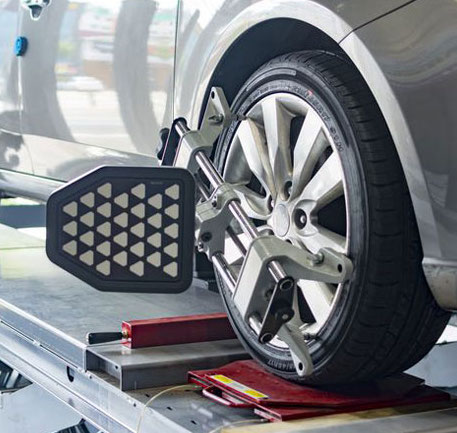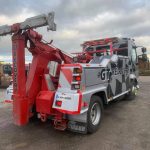
7 Essential Tyre Safety Checks You Need to Know
Get to know these simple tyre safety checks for safe, reliable and legal motoring in all weather conditions
Driving on worn or damaged tyres can result in a fixed charge notice of €80 and up to four penalty points on your licence. Your car will also fail the NCT test if the tyres are not up to standard and that’s not to mention the risk to your safety. An essential part of safe motoring is driving on good quality, correctly fitted tyres. It’s a good idea to familiarise yourself with some basic tyre safety checks. Here are 7 essential tips to make sure you’re driving on safe and legal tyres.
1. Check the Tyre Pressures
Correctly inflated tyres are essential to your safety. Over inflated or under inflated tyres are at risk of sudden failure and a blow-out at high speed could result in a serious accident. To check your tyres are correctly inflated, first, check the correct pressure for you car by looking in the handbook, or checking inside the closing edge of the driver or passenger door. Tyre pressures are expressed in PSI or Bar. They tyre inflator at your local service station will have a pressure gauge showing one or both of these values. Inflate your tyres to the correct value as necessary or visit your local tyre fitting centre.
If you don’t have a tread depth gauge, you can assess the depth of the tread using the edge of a €1 coin by inserting the coin into the tyre tread. If any of the gold edge of the coin is visible, the tyre probably needs replacing
2. Check the Tyre Tread Depth
The most basic and one of the most important tyre safety checks you can carry out is to check the depth of the tread. The legal minimum tread depth for car tyres in Ireland is 1.6mm. The tread depth must be consistent across the central 3/4 of the tyre surface and around the entire circumference. Tread depth can be measured quickly and easily using a tyre tread depth gauge available from any motor factors. If you don’t have a tread depth gauge, you can assess the depth of the tread using the edge of a €1 coin by inserting the coin into the tyre tread. If any of the gold edge of the coin is visible, the tyre probably needs replacing. You can also do a quick visual check of the wear limit indicators. These are horizontal bridges across the groove of the tyre tread. When the tyre surfaces matches the height of these bridges, the tyre needs replacing.
3. Check for Abnormal or Uneven Tyre Wear
Tyre wear should be consistent over the surface of the tyre. Heavy wear on the inside or outside edge of the tyre surface can be an indication of incorrect alignment or incorrectly inflated tyres. If there are obvious signs of uneven tyre wear, have the alignment professionally checked at a tyre fitting centre.
4. Check for Visible Damage to the Tyres
Visually check all surfaces of the tyre for cuts and bulges, especially to the inside and outside walls. Even if the tyre is not losing air, a cut in the side wall or a sharp object lodged in the tread can cause a blow out at high speed.
5. Check for Correct Tyre Specification and Fitment
The tyres must be the correct size and speed rating for your car. Mismatched or unsuitable tyres may present a safety issue and it is essential that the tyres used are correctly sized and rated for the vehicle in question. Check the car handbook for the correct specification or consult a tyre fitting professional at your local tyre fitting centre.
7. Consistent, Gradual Loss of Tyre Pressure
It’s not always a slow puncture! A common problem with alloy wheels of a certain age is the constant, gradual loss of pressure form one or more tyres. If you find yourself regularly topping up your tyre pressures with no obvious puncture or tyre damage, you may have an issue with corrosion of the wheel rim. In this case, the bead of the tyre can be re-sealed but in the longer term, a complete alloy wheel restoration is necessary to solve this annoying problem
6. Other Symptoms
Pay attention to other, less obvious issues with wheels and tyres such as vibration in the steering wheel, pulling to one side or excessive road noise. All of these are a sign of wheel imbalance, misaligned steering or underlying issues with the car suspension which can cause excessive wear or tyre failure. Symptoms like these will need to be professionally checked at a tyre fitting centre.

GT Tyre & Service Centre
GT Tyre & Service Centre supply and fit premium brand and economy tyres to all types of vehicles. For tyre sales, fitting, puncture repair, wheel balancing and alignment. Contact Us to book your appointment.
.
- Tyre Sales, Fitting and Repairs
- Laser Wheel alignment
- Computerised Wheel Balancing
- Alloy Wheel Restoration and Repair
- Premium Brand & Economy Tyres









